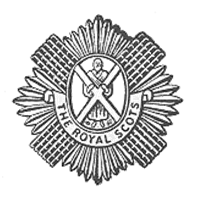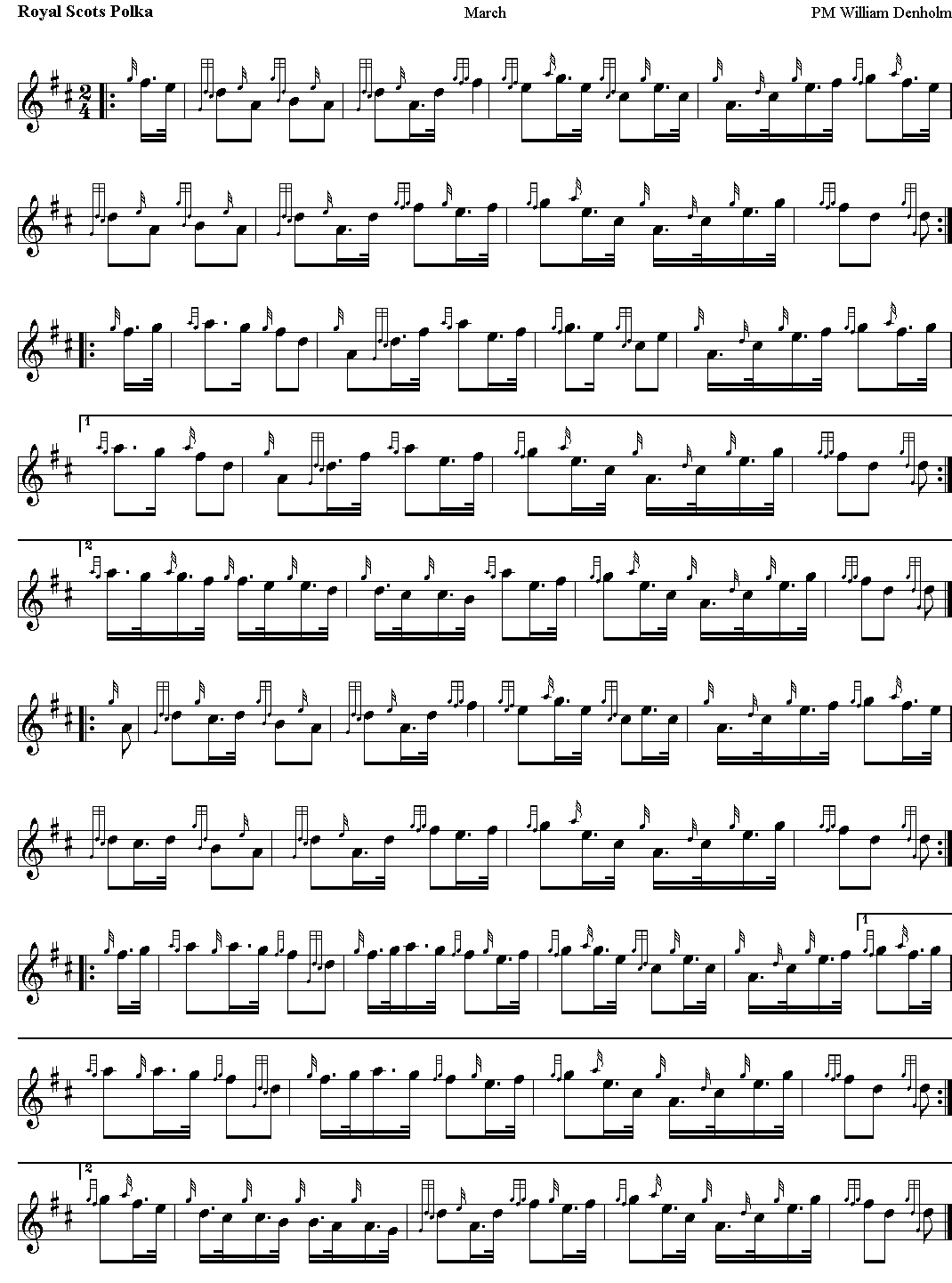 |
||

Best viewed in
|
The Royal Scots regiment was first raised in 1633 as the Royal Regiment of Foot by Sir John Hepburn, under a royal warrant from Charles I, on the Scottish establishment for service in France. It was formed from a nucleus of Hepburn's previous regiment, formerly in Swedish service, which had been in existence since 1625. When in France it absorbed the remnants of a number of other Scottish mercenary units which had fought in Swedish service, and by 1635 had swelled to some 8,000 men. Sir John Hepburn, was killed at the siege of Saverne in 1636; it was then taken over by his nephew, Sir John Hepburn who was killed in action the following year. Lord James Douglas was appointed the new colonel, and the name of the corps was altered to the Régiment de Douglas, numbering some 1200 Scotsmen. The regiment fought with distinction, under Douglas, until he was killed in a skirmish near Douai in 1645, in attempt to take the city from the Habsburgs. His elder brother Archibald Douglas, Earl of Angus was appointed in his place. In all the regiment served in France from 1633 to 1661, when it was recalled to England. Because the regiment had been formed by Royal Warrant, it was legally part of the Crown's armed forces, even though it had been out of the country for three decades. As such, it was recalled to help secure the coronation of Charles II, and helped provide a model for the other regiments founded after the collapse of the New Model Army.The regiment returned to France from 1662-6 and 1667-78, seeing English service again during the Second Anglo-Dutch War; soldiers of the regiment responded to the Raid on the Medway, when Pepys recorded that Here in the streets, I did hear the Scotch march beat by the drums before the soldiers, which is very odde. 1678 marked the final end of French service, with the regiment placed permanently on the English establishment, and in 1680 the regiment was sent to the Tangier Garrison, where it won its first battle honor. In 1684, the regiment was titled His Majesty's Royal Regiment of Foot, and withdrawn to England. In 1685 they fought for James II in the Monmouth Rebellion, at the Battle of Sedgemoor, and the following year a second battalion was raised. In 1688, they were the only regiment of the army to remain loyal to James in the Glorious Revolution; both battalions of the regiment mutinied and were disarmed. During the War of the Grand Alliance, the regiment fought at the Battle of Walcourt (1689), the Battle of Steenkerque (1692), the Battle of Landen (1693) and the Siege of Namur (1695).They spent the late 1690s on garrison duty in Ireland The regiment served throughout the French and Napoleonic Wars, as well as the First and Second World Wars. Until 2004, the Royal Scots had been one of five line infantry regiments never to be amalgamated in its entire history, a claim shared by The Green Howards, The 22nd (Cheshire) Regiment, The Royal Welch Fusiliers and The King's Own Scottish Borderers. In 2004, as part of the Delivering Security in a Changing World defense review, it was announced that the Scottish Division would lose an infantry battalion. This was achieved through the amalgamation on March 23, 2006, of the Royal Scots with the King's Own Scottish Borderers, with the single battalion forming part of the new Royal Regiment of Scotland William Denholm enlisted in the 1st Battalion of the Royal Scots in the 1930s. He was promoted to Pipe Major of the battalion during the war. In 1942, a competition was held in Edinburgh for the composition of a 6/8 march to be named "The Battle of El Alamein," which Pipe Major Denhom won, although he had not taken part in the battle. It is in four measures, the first two of which were played in slow time at Pipe Major Denholm's funeral by his friend Captain John MacLellan of the Queen's Own Highlanders. The tune became popular for a time as a slow march in two parts, its prominence having been forgotten. It is now very rarely heard. After the Second World War he played in the Edinburgh Police Pipe Band under Pipe Major Donald Shaw Ramsay.
|
|

